How to become a Top Gun: Aerial combat manoeuvres
by Scott Dutfield · 19/07/2019
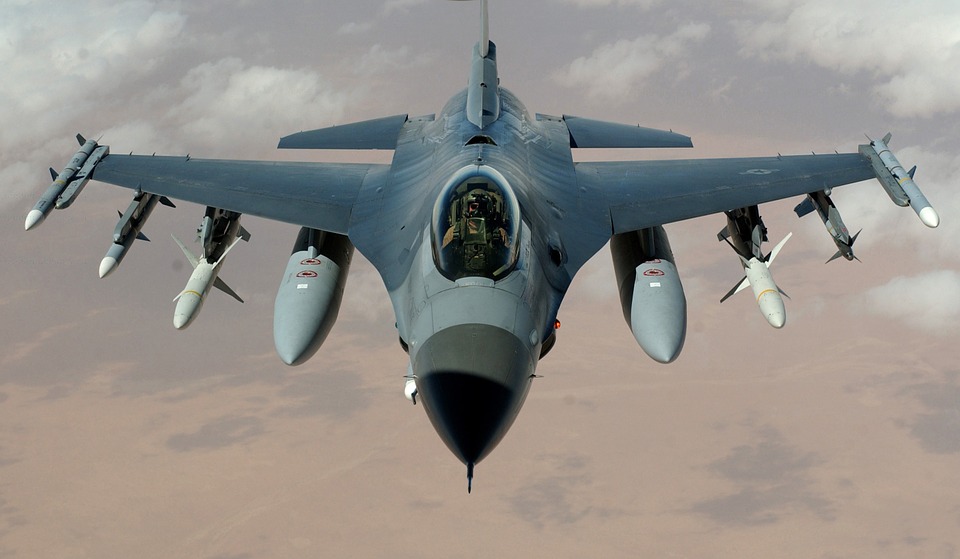
With great power comes great responsibility: how to handle a fighter jet like a pro
Few fighter pilots would deny that the adrenaline rush of take-off, flight and landing is exhilarating, but they are also clear that the experience comes with significant responsibility. “Inside the cockpit there can be no complacency,” warns Lieutenant Bettis. “Even the greatest pilots are one mistake away from demonstrating their mortality.”
The fighter jet is designed for speed and manoeuvrability, and pilots feel they are on
the aircraft rather than inside it, surrounded by the cockpit. “You literally strap the plane on to you,” says David Collette, a former F-16 pilot in the US Air Force. “The plane is your life, but you are the brain.”
In contrast to the wrangling of a fighter jet, commercial aircraft are designed for stability, a smooth ride and passenger comfort. In a fighter jet there are no passengers, just highly skilled professionals who are trained to complete dangerous missions. The fighter jet accelerates like a race car, and the characteristics of the aircraft shape and mould the flight experience. The shake of turbulence is never cushioned.
“Flying a fighter is the most exhilarating feeling I have ever had,” explains Lieutenant Commander Denning. “There is an absolute sense of freedom while flying, especially in a high performance airplane such as the Hornet. G-forces feel as if you have weight pressing down on every part of your body. It takes a lot of practice to master the physiology of fighting the forces you experience in the cockpit to maintain consciousness and continue your mission. It is a very intense workout, and sweating out as much as five pounds [2.3 kilograms] of body weight is not uncommon under our most physically stressful missions.”
Aerial combat manoeuvres
Fighter pilots execute precise moves to gain the decisive edge on an adversary
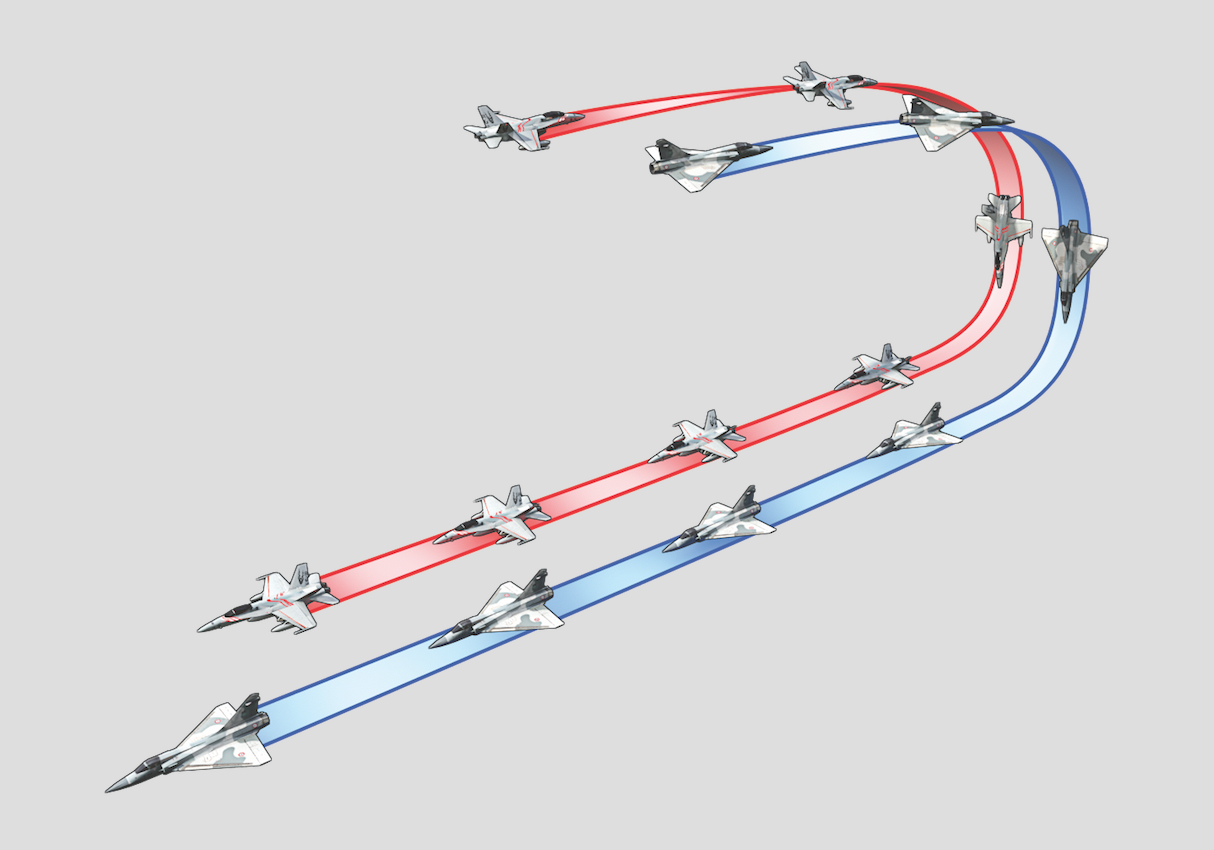
Turning in
A pilot seeking the most advantageous firing position on the tail of their adversary may execute this turn to close in.
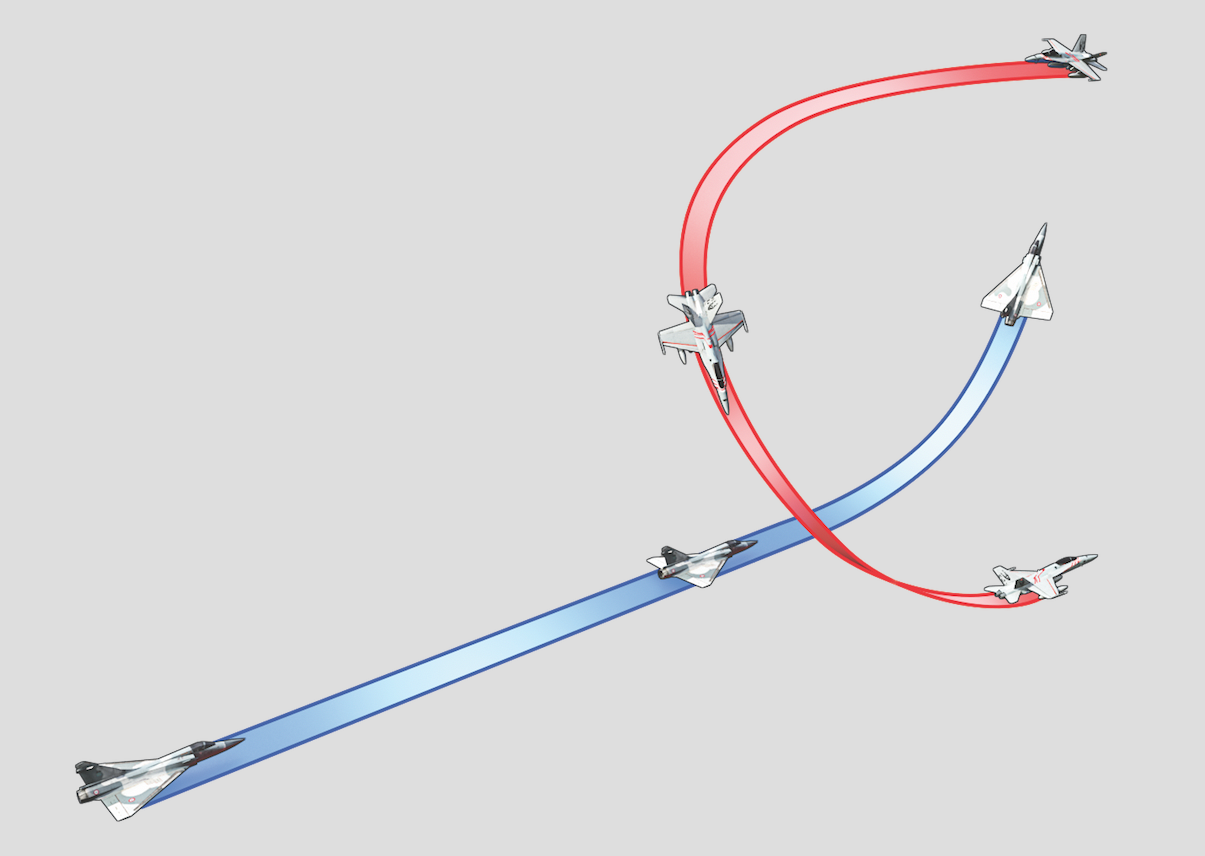
Lead turn
This move enables a pursuing fighter pilot to close in on their opponent by starting to turn before the planes pass each other.
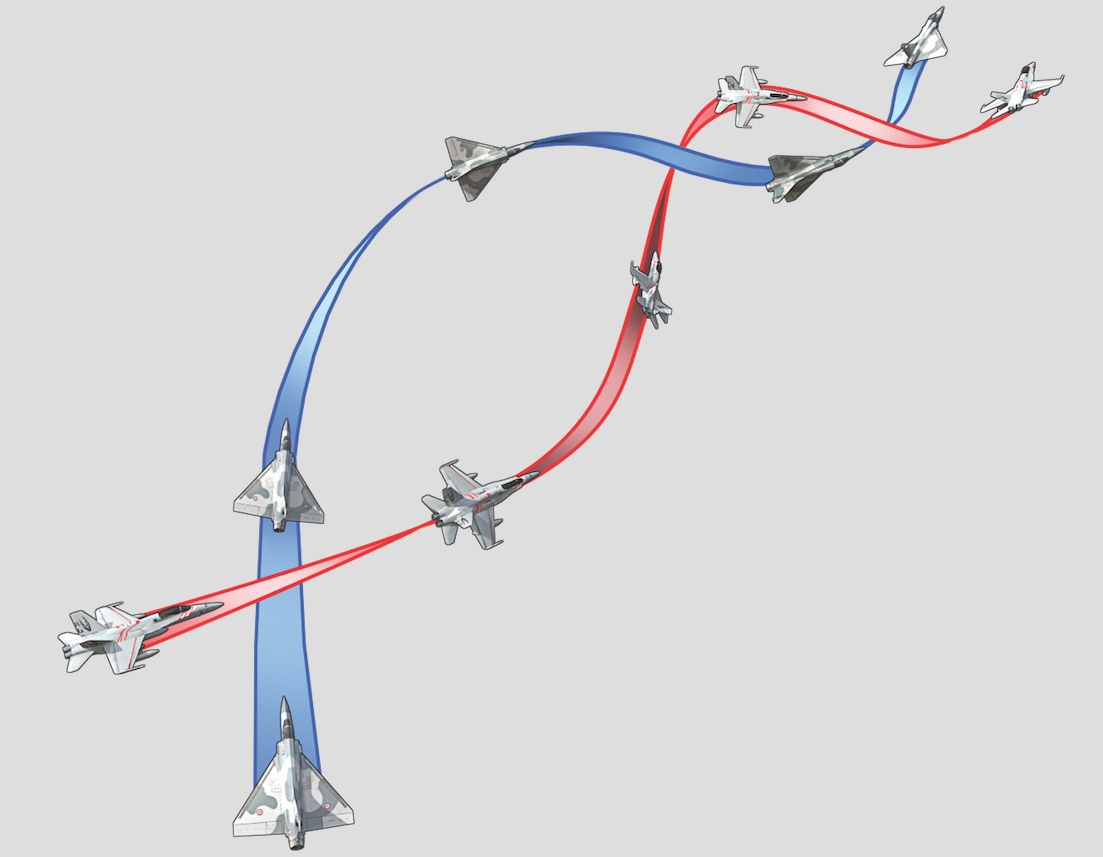
Rolling scissors
Often following a high-speed overshoot, an evader reverses into a vertical climb and barrel roll, compelling the pursuer to follow.
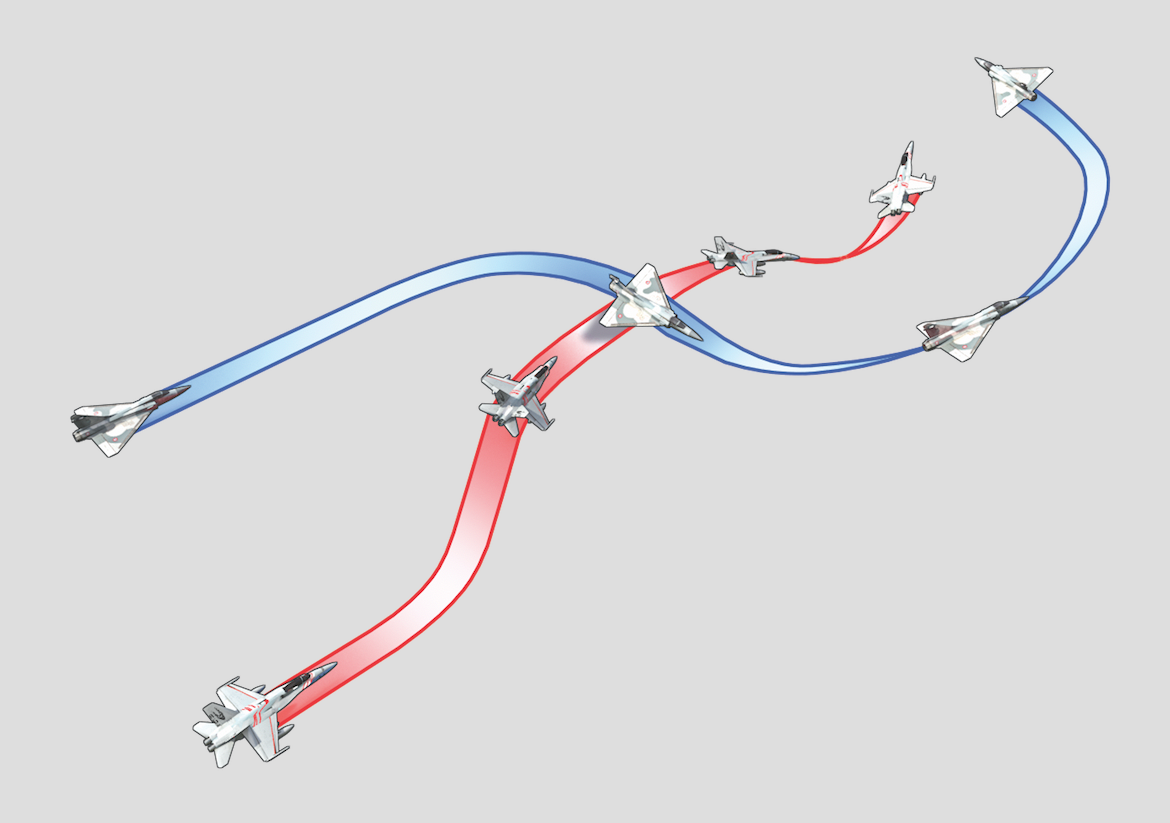
Flat scissors
This manoeuvre involves two planes weaving from side to side as they each try to get behind the other.
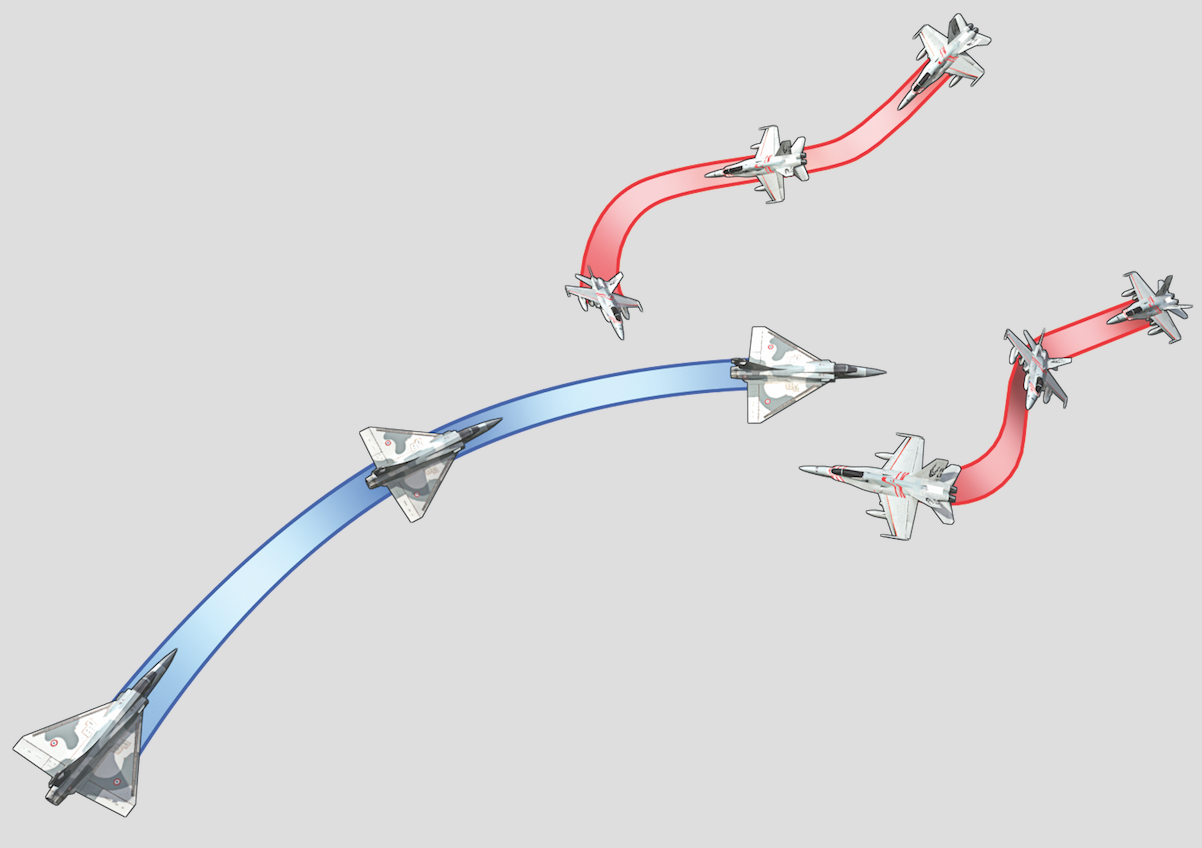
Bracket
Two pursuers launching a pincer attack force the evader to choose which opponent they will engage.
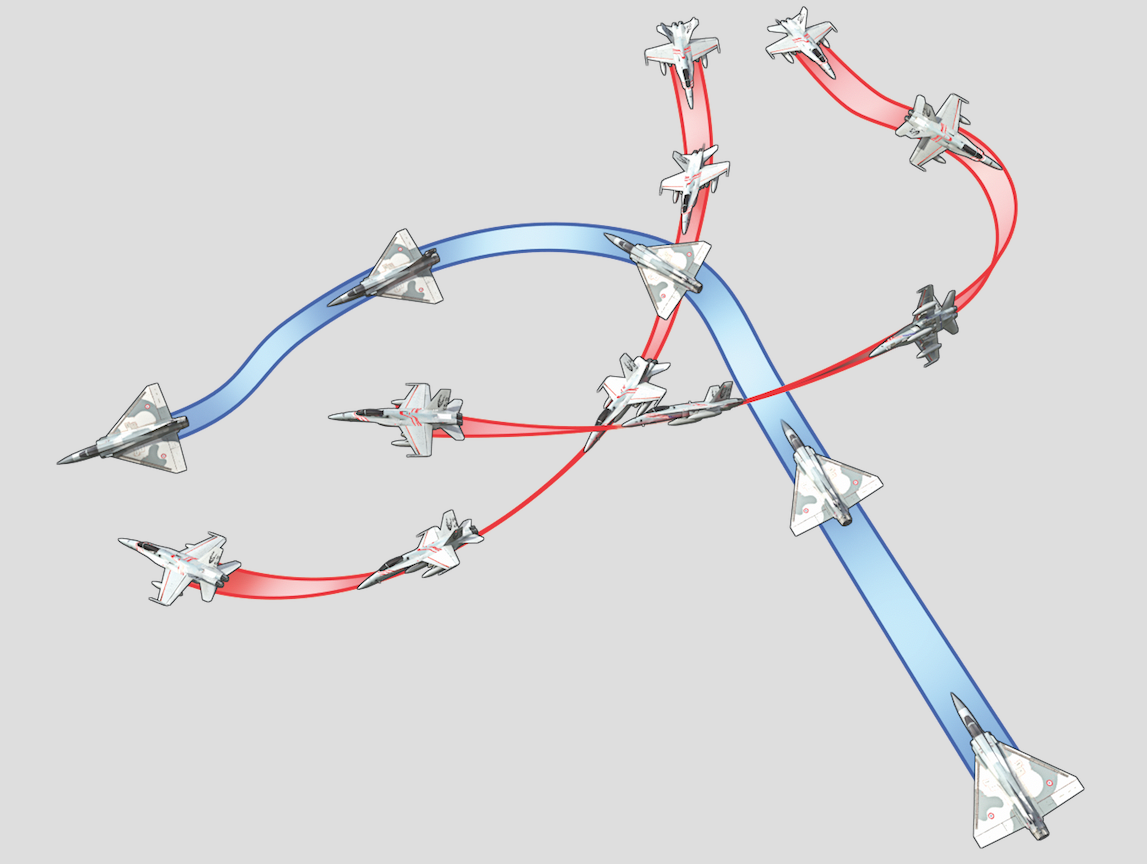
Hook-and-drag
Two persuers launching a pincer attack can take advantage of an evader’s turn towards either of them.
This article was originally published in How It Works issue 88, written by Michael Haskew
For more science and technology articles, pick up the latest copy of How It Works from all good retailers or from our website now. If you have a tablet or smartphone, you can also download the digital version onto your iOS or Android device. To make sure you never miss an issue of How It Works magazine, subscribe today!




